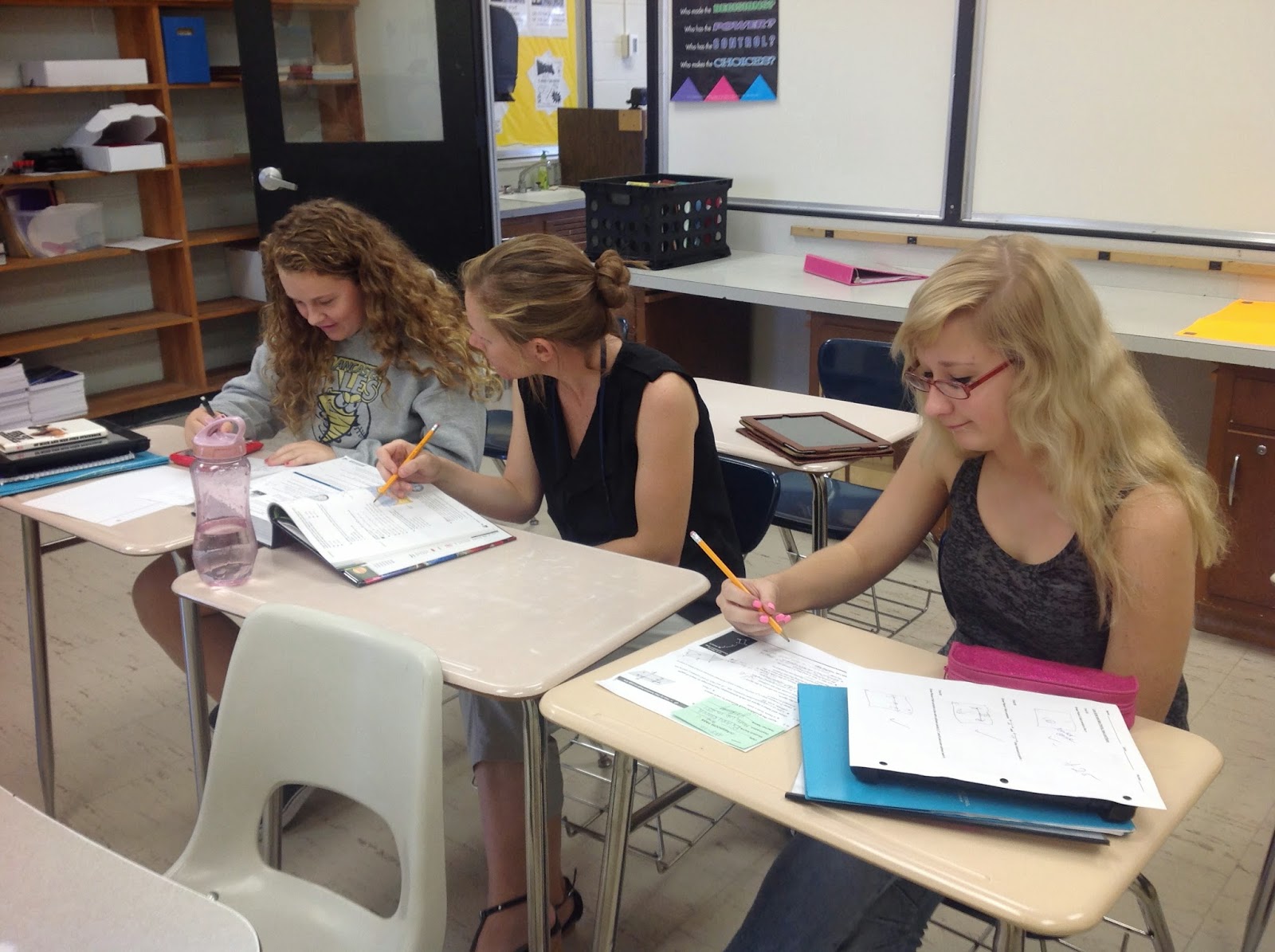Formative assessment delivers information during the instructional process, before the summative assessment. Both the teacher and the student use formative assessment results to make decisions about what actions to take to promote further learning. It is an ongoing, dynamic process that involves far more than just frequent testing.
As you make your way through the classrooms at LHS, you will see plenty of examples of good formative instructional practices. As I asked the other administrators where they have seen some good examples, one resounding response was Mrs. McKinney and Mrs. Smith. For those of you that don't know, Jennilee McKinney and Becky Smith use a target check process to assess student understanding, guide instruction and assign/design interventions. This has become a formal process and a way of doing business in their classroom. They plan around learning targets, assess the targets, and then assign remediation and intervention specific to each learning target. This is done on a daily and weekly basis. It is safe to say, Jennilee and Becky are the Queens of Formative Assessment!
Target Check
Extra Practice for Learning Target (with a pass to Math Lab)
One of the greatest benefits to formative assessment is the students' ability to gauge their own understanding and receive feedback. Corey Conn often does an entrance and exit ticket for a unit. This allows him to gauge the level of student understanding before he begins a unit. At the conclusion of the topic/target/unit, the students complete the same "exit ticket" and it creates an opportunity for both Corey and the students to see how far they have come. Good job Corey - we'll keep buying the post-its if you keep using them!
Before and After Post-its (Pre/Post Unit on Amendments)
If you are looking for a change up to how you informally assess students or structure your question/answer sessions, Laura Julien uses Screen Chomp. The students can use their iPad as a whiteboard and can respond to her questions. It is quick and easy and can be done in a review situation or as a way to gather daily feedback on the day's learning target.
The benefits to formative assessment are obvious. Research supports it, but more importantly the practices of our own teachers support it. It helps students and teachers in the following ways:
1) Formative Assessment establishes where learners are in their learning.
2) Formative Assessment establishes where they are going.
3) Formative Assessment establishes how to get there.
These are only a few examples. Take the time to use formative assessment and share your knowledge, data and questions with your TBT. Some of our best resources are the teachers next door. Thanks for all you do.











